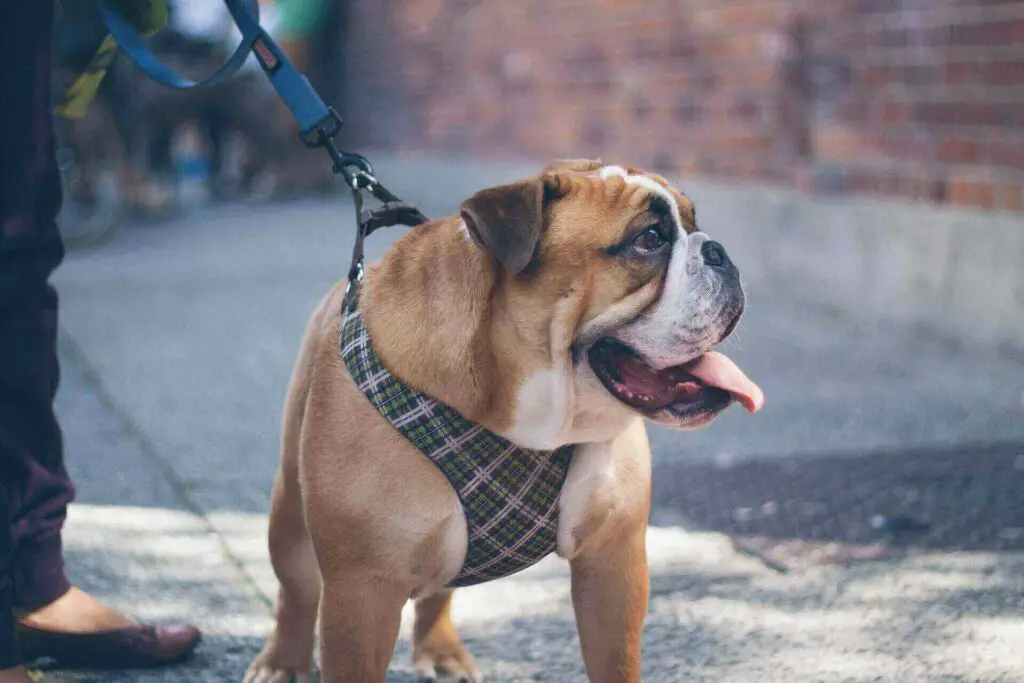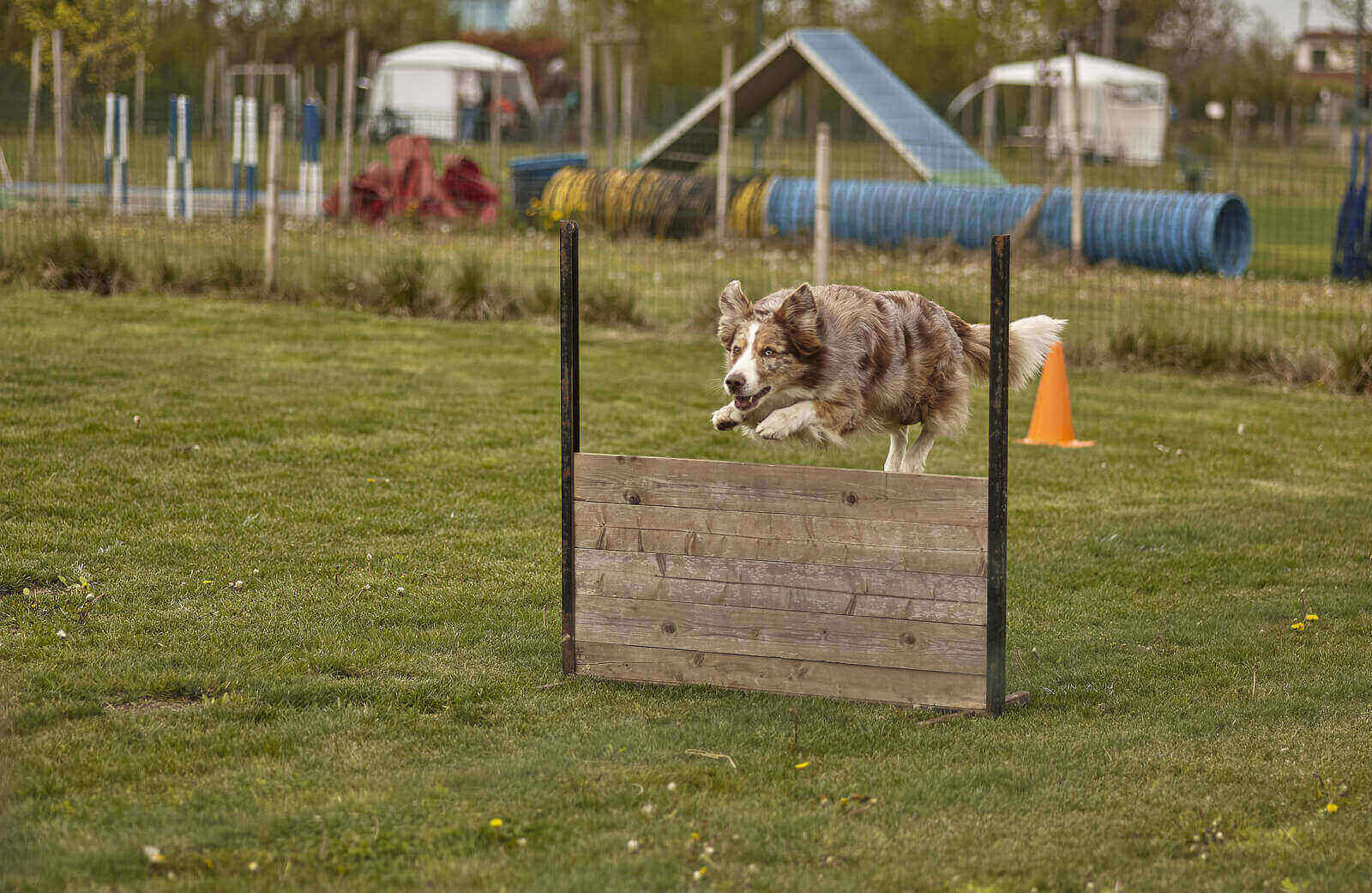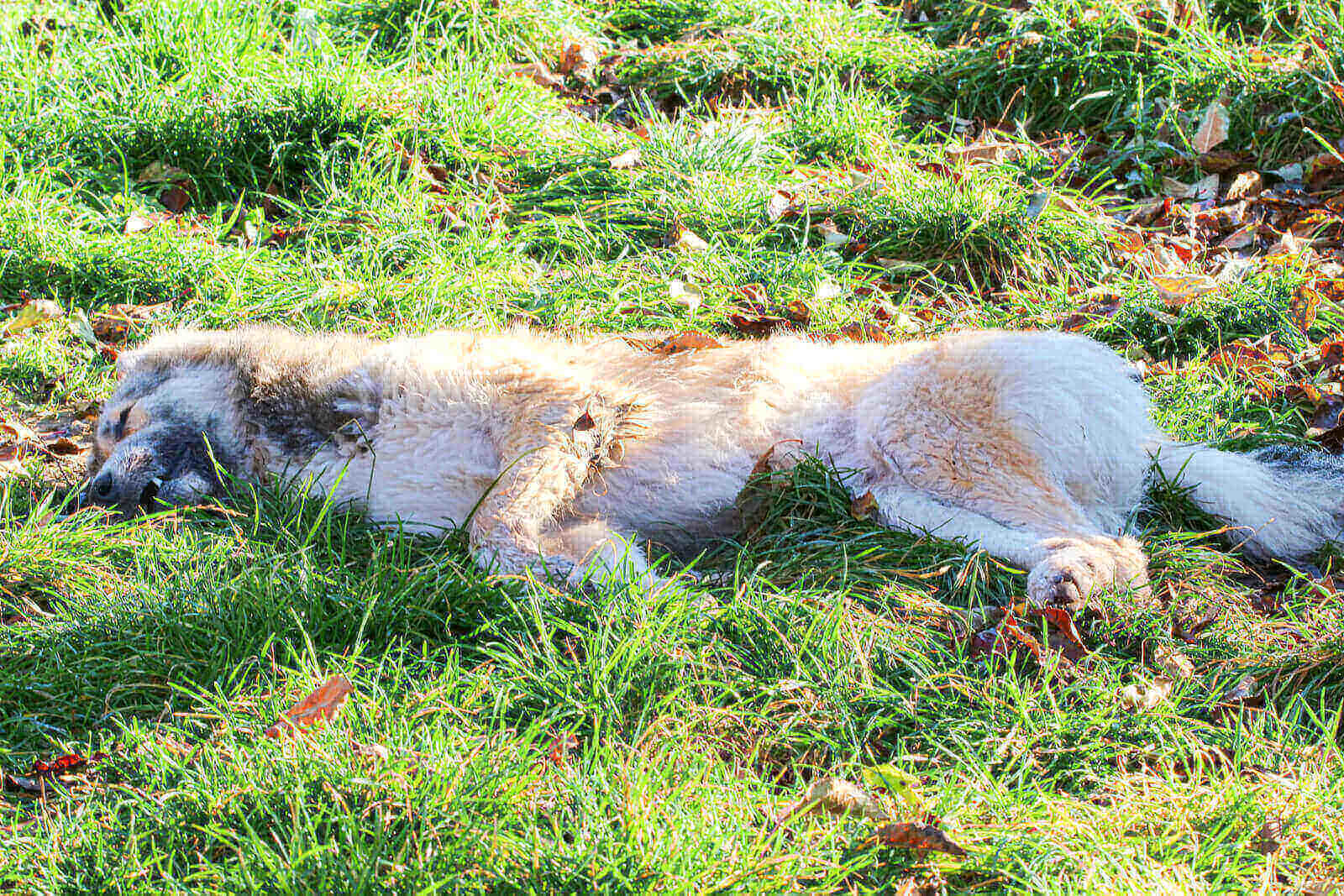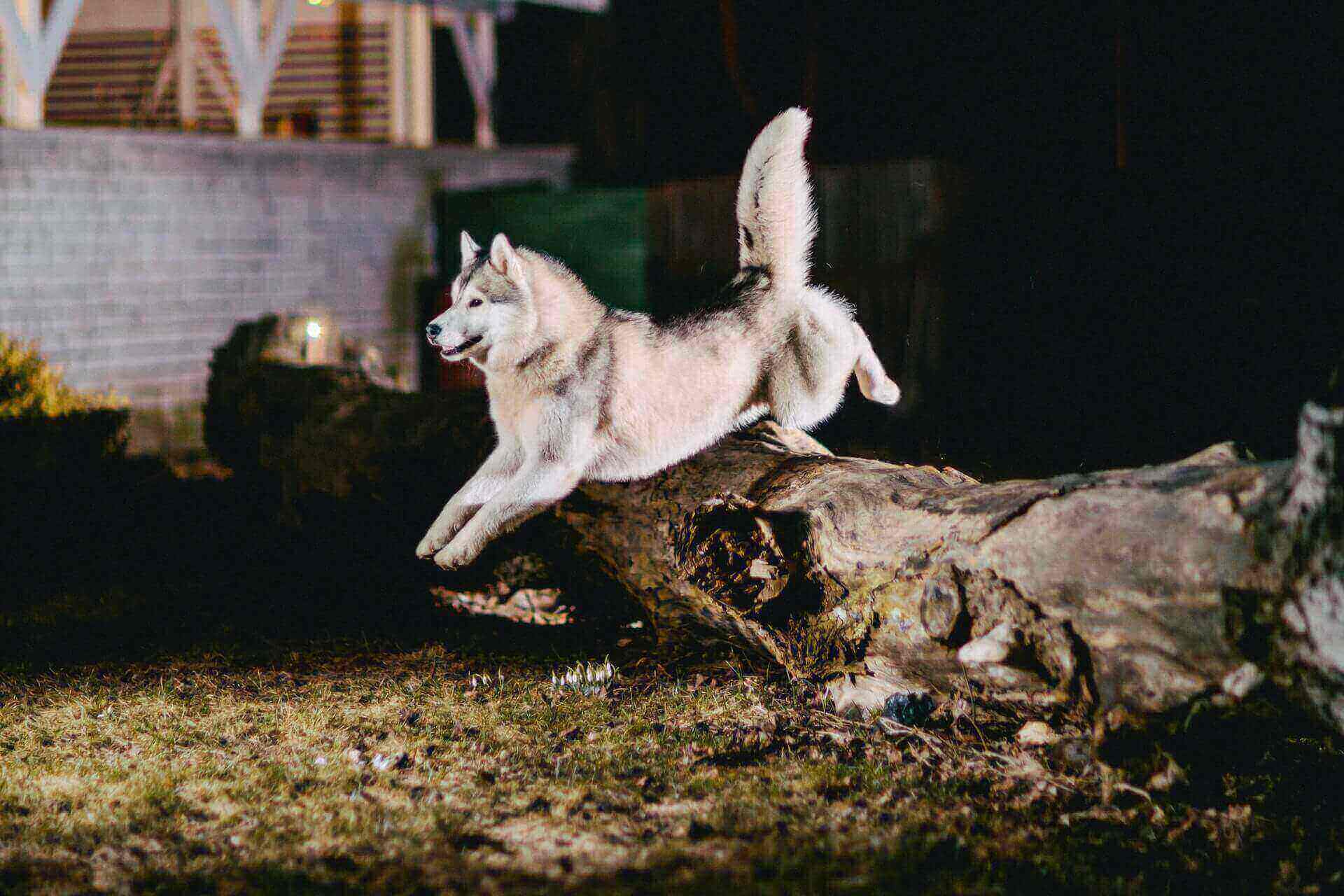Are you interested in learning how to Leash train a puppy? You may need to teach your puppy this skill to improve the overall obedience and responsiveness, but you lack the skill to do it. What is the key skill for successful leash training?
Leash laws may need you to walk our puppy well on the leash and know how to heel when you are off your premises. Some puppies may grow into powerful, strong dogs. If you don’t give proper leash training, powerful dogs may pull the rope into traffic and cause an accident. But how do you ensure our puppy gets the leash training right?
I will provide some essential tips that will help us leash our puppies and help them heal well when they are out for a walk. After reading this article, you will find leash training a breeze.

At What Age Should You Start Leash Training a Puppy
If you need to learn how to leash a puppy successfully, you should start it when they are still teeny tiny. Puppies can start learning the leash skills when they are 4 to six weeks old. Surprisingly as it may seem, that is the reality of this training.
The reason for making it this early is because they can absorb more skills at this age more than you can imagine. At this age, puppies are like little sponges. They absorb more skills than when they are grown.
How to Train a Puppy to Walk On a Leash?
Training a mature dog may be difficult. Young puppies can get the skill faster and walk on a leash nicely after the training. If you already have the puppy, then you are good to start. Here are some tips for leash training a puppy.
Harness A Pulling Dog
Some puppies may be strong and can pull you down the street. For such types of puppies, use a no-pull harness. This tool is effective mostly to the big and hard-headed pup that likes pulling because it trains them not to pull the rope.
A clip in front of the dog’s chest hooks the leash such that when the dog pulls the harness turns it back to the person holding it. It gives the dog better not to pull training.
Engage The Puppies Sense of Smell
The smell is an important way of dog communication. Before attaching a leash to the harness for the first time, let the puppy smell it. Giving adequate sniffing time is important. As you provide the leash for sniffing, you should also be keen not to allow the puppies to bite or chew them. Leashes are not puppy toys.
Use Leashes of the Right Size
We may not understand how to Leash train a puppy before knowing the right size to use. Light-weight nylon lashes are appropriate for small puppies. For the bigger strong puppies, heavy leather leashes are the best.
Keeping the leash tight will make the puppy pull against it naturally. You should target not letting the puppy surge, pull or drug head, allow it to walk beside us on a loose leash. Holding the leash should be by the right hand and doubling it extra slack to prevent the pup’s dragging. The hand holding the leash should be at the belt buckle level.
Puppy leash training to stop biting the leash
If you are disgusted by your pet’s weird behavior chewing the leash, here is some solution for your nightmare. It would help if you never let this habit continue in your puppy. You can try some of the tips shared below on how to stop puppy-biting leashes.
If you are taking your puppy on a walk in the night, make sure to get the best leash light for walking dogs.
How to Stop Puppy Biting Leashes?
As we strive to learn how to leash train a puppy, you should also know how to stop puppy biting leashes. Allowing the puppy to chew the leash may cost us. It may create a negative relationship with your beloved puppy or even lead to negative behavior.
You can discourage this behavior by the following tips.
Rewarding The Behavior You Want
If you don’t want your dog to bite leashes, use the reward strategy. Avoid punishment and provide treats to the behavior you desire from them. For instance, when you discover it is biting the leash, stop for a while and instruct your puppy to do an activity that will divert attention. You may instruct them to sit and give them a treat for obeying the command. Repeat this strategy severally until your puppy learns that there is a reward for doing an alternative activity to leash biting.
Avoid giving a reward the right way your puppy stops chewing because they may think the reward is for biting the leash. Let it know that the treat is for obeying the alternative instructions that diverted the attention from biting the leash.
Start Your Behavior Correction Early
When you realize your puppy is biting the leash, it is always good you start correction training early. You may fail to realize in time; however, immediately you spot the behavior, start rewarding corrective actions. It is easy and effective to work out good behavior rather than bad ones later.
Go for high-quality leashes
Just like selecting the best dog collar, consider buying a high-quality leash than normal. Whether it is from a better material or customized for your puppy, choose a leash that will make you appreciate its value. Choosing a high-quality leash for your puppy will make you value it and strive to care for it. It will make you stay committed to stopping the puppy from messing with it.
Provide an alternative biting toy and Tug
Sometimes a reason for biting the leash may be a lack of enough stimulation. Provide enough stimulation material to prevent this behavior. Have the tugging and biting toys at home and provide enough stimulation before taking a walk with the puppy.
Some biting toy comes with a treat embedded in them that a puppy works hard to get it. This strategy is simple because it will make the leash boring to your puppy.
Engage your puppy often
If you don’t create time for your puppy, they may get overstimulated by the sound, smell, and new environment when taking a walk. Such overreaction can make them rowdy and always start biting leashes. Make it a habit of playing with your puppy before and after work.
Even after a walk, spend some quality time with your puppy before breaking for other activities. When dogs get enough attention, they become calmer when being led by a leash.
Support in easing the puppy
Another reason for biting leash may be frustration from not having time to greet other dogs on the street or sniffing on foliage. You can stop the habit by controlling the number of times they meet with other dogs on the street. It can be possible if you regulate the walking time. You can also reward positive traits like not barking at other dogs on the street.
How to stop a puppy from biting when excited?
When walking around, your puppy may apply their mouth on you or the leash when excited. This behavior may be unfriendly to you, and wondering how to stop it without hurting your loved pet. Learn how to leash train a puppy and stop them from biting the leash when getting excited.
Here are some simple tactics to help prevent your puppy from biting when excited.
Supervise and Separate children from puppies
Children are playful and can quickly get bitten by the puppy. Never let children play alone with the puppy. Separate puppies from any child below five years and always ensure you are around if they need to play with the puppy.

Avoid exposing your puppy to playful visitors
Some adults find it fun playing with a puppy. They may roll on the ground making a funny noise as the puppy gnaws on their knuckles. This game may be fun until the puppy tries it with you or your child.
If you are not comfortable with the visitor who cannot stay calm, separate your puppy from them and pop it in its Crete. You will let it back once they are gone.
Teach older children how to play with the puppy
You will need to continue supervising any activity involving your puppy and the children. Puppies are like kids and get excited easily. You need to train the older children how to play with them without causing overexcitement. If you control the reaction of your puppy, you will never experience biting behavior.
Avoid worsening the situation
You should study your puppy and understand its behavior when excited. After mastering the behavior, avoid anything that overexcited your puppy. Do not give treats over a situation that makes the puppy over-excited.
How to discipline a puppy when biting a leash?
Succeeding in training a puppy to walk on a leash needs disciplining to reinforce desirable behavior. Punishment may not be the best way to discourage leash biting. You need to properly learn how to leash train a puppy. You can try the following strategies to discipline your puppy and reinforce good habits for walking on a leash.
Being consistent
You should ensure consistency in your disciplining program. You cannot punish on Monday for biting a leash and fail to punish it on Friday next week. If you don’t maintain consistency, the puppy will not pick up a desirable trait. Inconsistency will fuel a negative biting behavior.
Be prompt in punishment
Punish the very time you find a negative action. Your puppy will never understand that the punishment is for biting the leash when you do it a minute after the action.
If it is in an indoor setting, you can monitor your puppy on a dog camera for a prompt punishment when it repeats the biting mistake.
Be firm on the punishment
Do not yell at a puppy for biting the leash. Affirm your ”NO” in the signal. Dogs don’t understand the shouting and may not even interpret it as punishment for biting the leash. Shouting at your pet will instead make them afraid. Never lose your cool when trying to apply punishment.
Use positive reinforcement
Positive reinforcement will promote desirable habits, the same way as punishment. Instead of maximizing on punishment, you can give treats to discourage ash biting.
Wrong way of disciplining puppy for biting a leash
Are you trained the right way on how to leash train your puppy? If not, we’ll teach you the wrong methods generally frustrated pet owners apply on their furry friends
Physical punishment
physical punishment was the proposed method in the past for punishing a dog but never trying it with your puppy. Physical punishment may turn out a naughty puppy into a wild dog.
Avoid staring down, holding down, or dragging your puppy.
Any action meant to threaten may make the puppy want to challenge you or defend itself. Neither of these paths brings about desirable habits. They may create submissiveness now but promote dangerous pent-up aggression in the future.
Screaming or shouting at your pet
Screaming or shouting at your pet may not be the best way of stopping the pet from biting a leash. This behavior will make your puppy hyperactive and anxious.
Final Verdict – How To Leash Train A Puppy
How to leash train a puppy? Training a puppy to walk nicely on a leash is not a one-day activity. It needs commitment, consistency, and patience. There is some negative puppy behavior that you may not like along the journey but never lose your cool. Stay gentle and apply the right strategy.

Remember puppies are gentle pets when handled responsibly. Avoid any physical aggressive punishment to your pet. Instead of instilling good leash walking behavior, you may turn your pet into a dangerous, aggressive animal.
Whether you are a newbie to a puppy or a master in pet training, this article will make you meet your leash training needs.

Welcome to Learn About Pet. My name is Rajkumar Ravichandran and I love all pets, travel, and amazing food. I write about my passion and personal experience caring for multiple pets in this blog! ❤️
Post Disclaimer
DISCLAIMER: THIS BLOG OR WEBSITE, "Learn About Pet", DOES NOT PROVIDE YOU WITH MEDICAL ADVICE AND IS NOT A SUBSTITUTE FOR MEDICAL ADVICE. ALWAYS GET IN TOUCH WITH YOUR PERSONAL VETERINARIAN AND USE INFORMATION HERE AS GENERAL ADVICE.
The information, including but not limited to, text, graphics, images and other material contained on this website are for informational purposes only. No material on this site is intended to be a substitute for professional veterinary advice, food recommendation, diagnosis, or treatment. Always seek the advice of your veterinarian or other qualified health care provider with any questions you may have regarding a medical condition or for pet food related questions.







